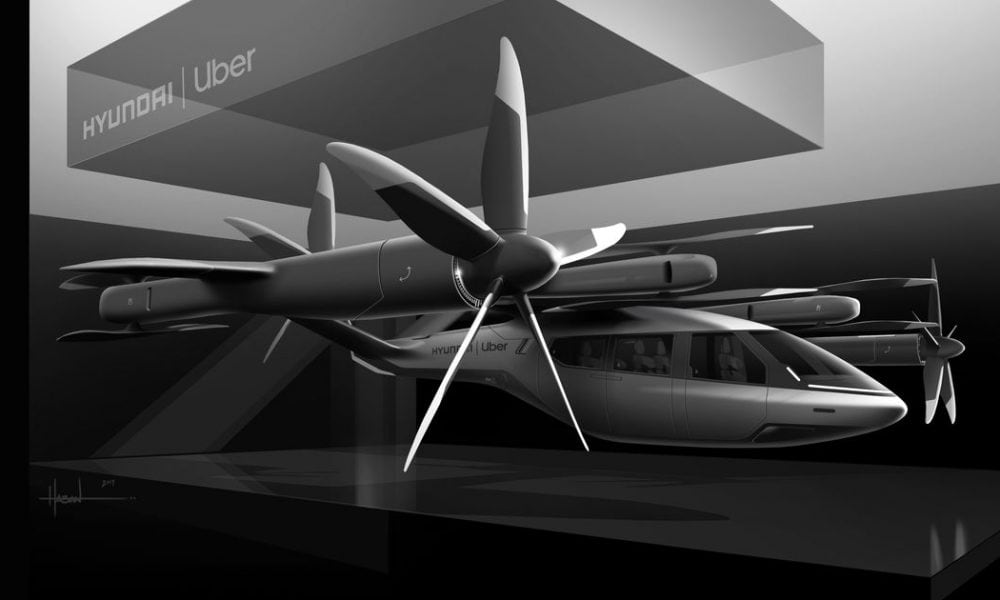
While newcomers like Fisker, Rivian, and Faraday Future challenge traditional automakers with unconventional EV designs, the old players are looking up. Literally. At CES 2020, Hyundai announced the S-A1, a flying taxi it hopes to produce “at automotive scale” by 2023.
Like rivals Ford and Toyota, Hyundai is attempting to reposition itself as a “smart urban mobility provider.” To that end, it has partnered with Uber to provide the S-A1 as the backbone of Uber Elevate, an initiative Uber announced in 2017.
“We’re looking at the dawn of a completely new era that opens the skies of our cities,” said Jaiwon Shin, head of Urban Air Mobility at Hyundai. “With point-to-point air travel, we can reduce travel time drastically.”
To assuage safety concerns, the S-A1 will have a number of improvements over traditional helicopters. Redundant rotors will ensure that a single motor failure won’t crash the entire craft, and a parachute will deploy in the event of full-on emergencies. The rotors, which spin slower than a helicopter’s, should also be quieter to allay urban noise concerns. Hyundai made no mention of a human pilot, but cutaway designs showed a seat for one, and current FAA regulations wouldn’t allow fully autonomous operation.
Hyundai will provide the aircraft to Uber, which claims it will launch its flying taxi solution by 2023. “We’re not an aircraft manufacturing company, and we have no intention of becoming one,” explained Eric Allison, head of Uber Elevate. “Our platform is becoming the operating system of cities around the world.”
A full-scale model of the S-A1 will be on display when CES 2020 officially opens tomorrow, along with a VR-based demo of the passenger experience.
Hyundai envisions the S-A1 as just one component in a larger infrastructure play, which will also include pod cars, dubbed Purpose Built Vehicles (PBVs), and hubs. PBVs will be electric, autonomous, and modular enough to take many forms, from restaurants to medical clinics. Hyundai envisions them docking at spider-like “S-Hubs” that would transfer riders between shuttles, and also serve as the landing pads for the S-A1. No timeframe was announced for the ground-based portion of the larger transportation initiative.
Once the realm of science fiction, flying taxis have crept to the realm of possibility in recent years as electric, drone-like, multi-rotor designs have been scaled up for passenger use. Aviation mainstay Bell wowed audiences with a full-scale model of its Nexus flying car prototype at CES 2019, and Airbus already operates a potential Uber Elevate competitor dubbed Voom, though it uses traditional helicopters.
